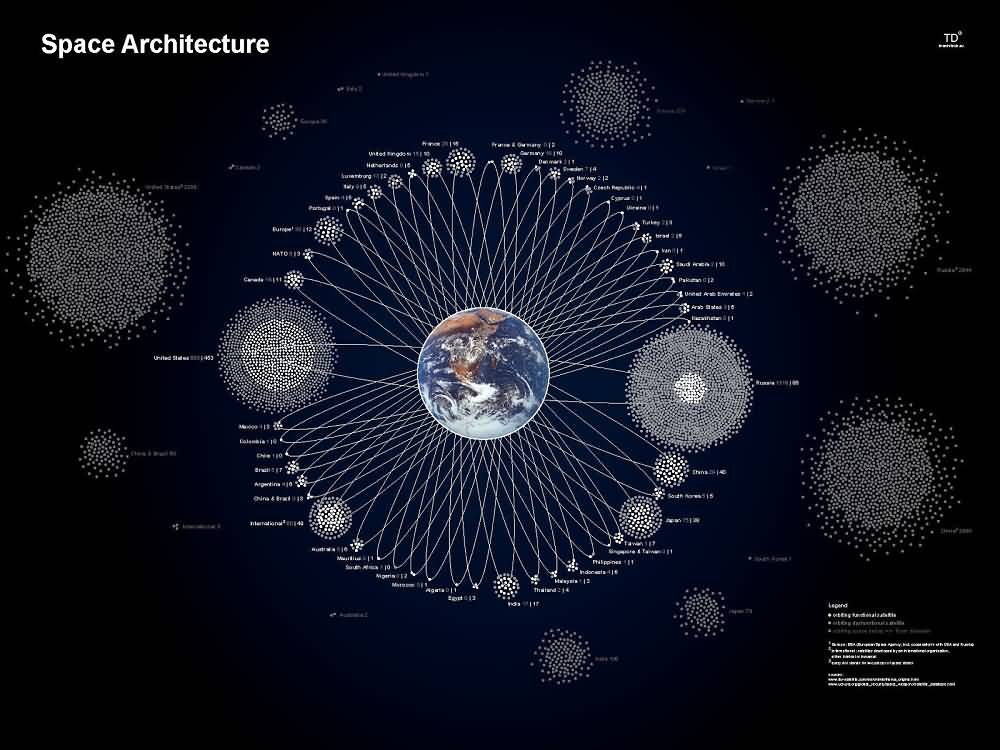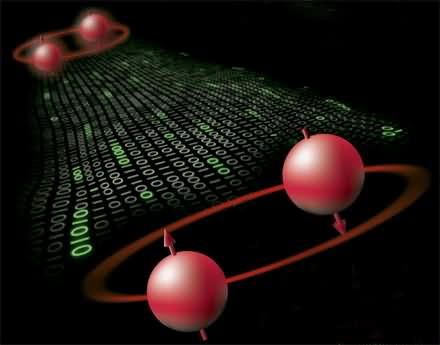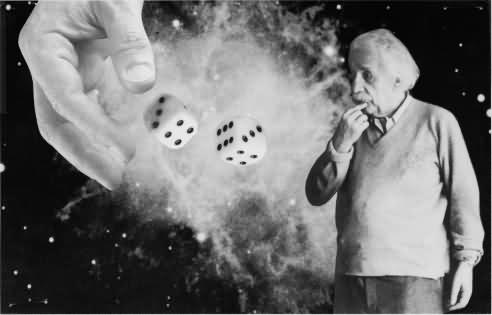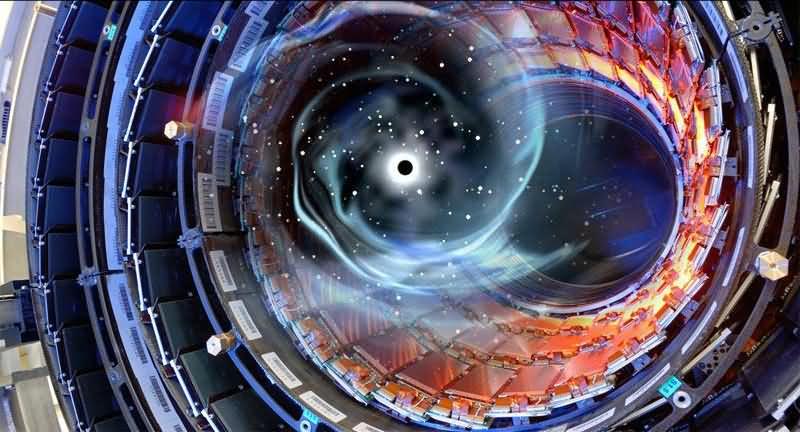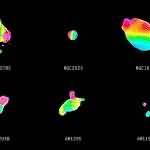Where Does Our Mass Come From? Not From the Higgs!
21 Grams….
If you weigh 70 kilograms, 21 grams is the mass of all the electrons in your body. This 21 grams comes entirely from the Higgs mechanism. This means that as your electrons move through space and time, they interact with the Higgs field, and because of this interaction, they gain mass. The Higgs field slows down the electrons and prevents them from reaching the speed of light.Higgs Boson What is the Higgs Field?)
 But most of your mass, or the mass of everything around you, doesn't come from the Higgs mechanism. The Higgs mechanism is a mechanism in particle physics, the Standard Model, that explains how subatomic particles like electrons acquire their mass. Mass comes from a different source. Most of your mass comes from particles like neutrons and protons.
But most of your mass, or the mass of everything around you, doesn't come from the Higgs mechanism. The Higgs mechanism is a mechanism in particle physics, the Standard Model, that explains how subatomic particles like electrons acquire their mass. Mass comes from a different source. Most of your mass comes from particles like neutrons and protons.
Neutrons and Protons are not subatomic particles; they are composed of subatomic particles called quarks.
 According to the theory of Quantum Chromodynamics (Quantum Cromer Dynamics), quarks interact with each other through another subatomic particle called a gluon. Cromer means color in ancient Greek. Quarks possess a charge called color. The three primary colors we know are red, blue, and green. Of course, quarks are too small to be seen with visible light. These colors are the charges of the Strong Nuclear Force. We name them by color because they are similar to the primary colors in visible light and help us understand the interaction of quarks. I discussed tetraquarks in another article.Discovery of Tetraquarks and Quark Stars at Cern)
According to the theory of Quantum Chromodynamics (Quantum Cromer Dynamics), quarks interact with each other through another subatomic particle called a gluon. Cromer means color in ancient Greek. Quarks possess a charge called color. The three primary colors we know are red, blue, and green. Of course, quarks are too small to be seen with visible light. These colors are the charges of the Strong Nuclear Force. We name them by color because they are similar to the primary colors in visible light and help us understand the interaction of quarks. I discussed tetraquarks in another article.Discovery of Tetraquarks and Quark Stars at Cern)
The rules are simple. For quarks to exist, they must be colorless or white. You have two ways to do this: combine the three primary colors or combine a quark and an antiquark. Now, let's explain what happens when quarks come together.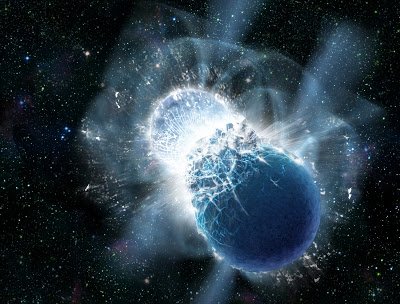 Many of you are familiar with the uncertainty principle. With the uncertainty principle, we understand that there is no such thing as empty space in the quantum universe. In empty space, a particle and anti-particle pair are formed by borrowing energy from nothingness. They quickly come together and annihilate. They repay the borrowed energy with the energy generated during this annihilation. When quarks come together with this color system, they create truly empty space between themselves. There is no longer any creation or annihilation of particle and anti-particle pairs. Keep this in mind.
Many of you are familiar with the uncertainty principle. With the uncertainty principle, we understand that there is no such thing as empty space in the quantum universe. In empty space, a particle and anti-particle pair are formed by borrowing energy from nothingness. They quickly come together and annihilate. They repay the borrowed energy with the energy generated during this annihilation. When quarks come together with this color system, they create truly empty space between themselves. There is no longer any creation or annihilation of particle and anti-particle pairs. Keep this in mind.
On the bright side, quarks can't exist alone due to this color rule, and we can never separate quarks that are together. We could have infinite energy if we wanted. This is because as we push quarks apart, the energy required to separate them will gradually increase. At a certain point, this energy we release will allow us to create a quark and anti-quark pair. This time, we'll have two groups of quarks we want to separate. To understand this, let's return to quantum uncertainty. We mentioned that the particle and anti-particle pair emerge by borrowing energy. The energy we provide allows two particles to form without borrowing. Or, we can repay the borrowed particles and allow them to be free.
 But the mass of quarks only accounts for 1/3T1 of the mass of a proton. Their interaction with the Higgs field also adds some mass, but not much. So where does the rest of the mass come from?
But the mass of quarks only accounts for 1/3T1 of the mass of a proton. Their interaction with the Higgs field also adds some mass, but not much. So where does the rest of the mass come from?
The answer is energy. You know Einstein's famous formula. Who doesn't? According to this formula, we have a very large amount of energy in a very small mass. But the equation in this formula requires a slight change.  When you do this, the situation becomes clear. E=mc2
When you do this, the situation becomes clear. E=mc2
If we change m as follows; m=E/c2; means that if we have a lot of energy, we also have mass. The Energy/Matter dichotomy. Two sides of the same coin. Einstein stated that a glass full of hot tea would have more mass than a glass full of cold tea. This was true because hot tea has more energy.
Bu protondaki enerji; kuarklar arasındaki Güçlü Nükleer Kuvvet alanındaki yoğun enerjidir. Renk sistemi oluşurken kuarklar arasında hareket eden kütlesiz gluon parçacığı, gerçek boşluğu oluşturmak için çok fazla enerji taşımaktadır. Bu enerji de protonun asıl kütlesini oluşturmaktadır. Yani kütlenizin %99u enerjidir.
İsterseniz buradan atomun %99’u boştur bilgisini de ekleyerek aslında neyiz tartışması yapabilirsiniz ama pek faydalı görmemekteyim ve tavsiye etmemekteyim. Çünkü insan ister mikro evren olsun ister makro evren, mesafeleri gözlerinde canlandıramadığı için kendi büyüklük ölçüsüne göre değerlendirme çalışmaktadır. Bu da onu garip düşüncelere itmektedir. Yakında kuantum fiziğini, klasik fizik bakış açısıyla bakarak anlamaya çalışanlara yazdığım yazımda anlayacaksınız.

